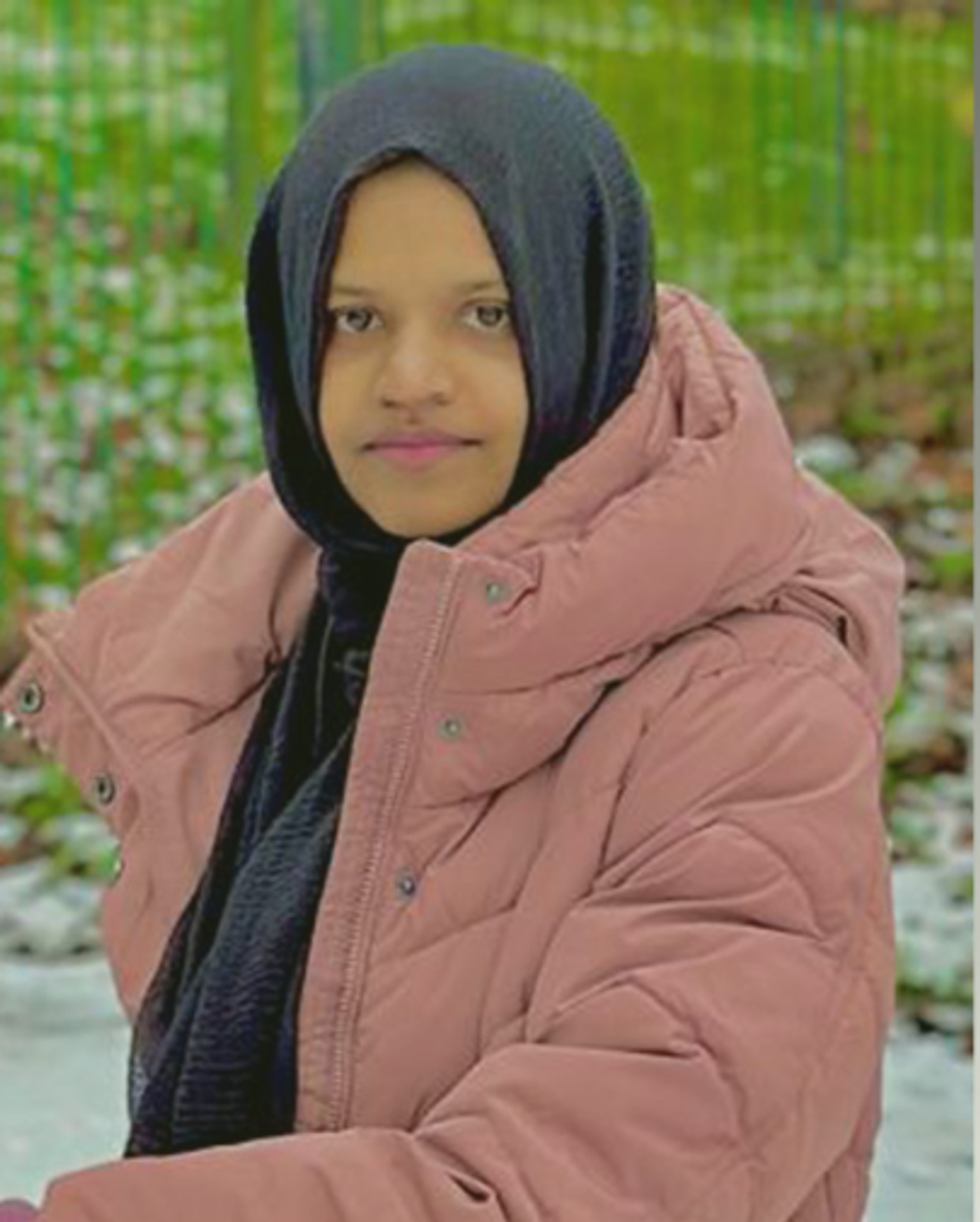According to the Annual Status of Education Report (ASER) released on Wednesday (17) over 86.8 per cent of adolescents aged 14-18 in rural India are enrolled in educational institutions, but a quarter of them struggle to read fluently at a Class-2 level in their regional languages.
The report also said that more than 32 per cent of those aged 18 or above are not enrolled in educational institutions, while more than half of Class 11 and 12 students opt for the humanities stream.
The report also asserted that the fear that several older students dropped out of schools during the Covid-19 pandemic due to a loss of livelihood was unfounded.
While the report noted small gender gaps in enrollment, it flagged notable differences between age groups.
The ASER 2023 'Beyond Basics' report puts the spotlight on youths aged 14 to 18 years in rural India, an age group that was also the focus of ASER 2017.
"There are small gender gaps in enrollment, but notable differences are visible by age. Older youth are more likely to be not enrolled. The percentage of youth not enrolled is 3.9 per cent for 14-year-old youth and is 32.6 per cent for 18-year-olds," the report said.
"Overall, 86.8 per cent of 14-18-year-olds are enrolled in an educational institution," the 2023 report said. It, however, underlined that 25 per cent of them cannot read a Class-2 level text fluently in their regional languages.
The report said more than 55 per cent students of Classes 11-12 opt for humanities, followed by science and commerce.
It also pointed out that females are less likely to be enrolled in the STEM (science, technology, engineering, mathematics) streams than males.
"Most of the young people in this age group were enrolled in the arts and humanities stream. In class 11 or higher, more than half are enrolled in the Arts and Humanities stream (55.7 per cent) Females are less likely to be enrolled in the STEM stream (28.1 per cent) than males (36.3 per cent),” it added.
Last year's report showed that the enrollment levels of children in the age bracket of six to 14 years had gone up marginally from 96.6 per cent in 2010 to 96.7 per cent in 2014 and from 97.2 per cent in 2018 to 98.4 per cent in 2022.
According to the report, only 5.6 per cent youngsters in the country are currently undergoing vocational training or have been enrolled in other related courses.
"Only 5.6 per cent of surveyed youth report taking vocational training or other related courses currently. Youth at the college level are the most likely to be taking vocational training (16.2 per cent).
"Most youth are taking short duration courses (of 6 months or less). A higher percentage of males (40.3 per cent) than females (28 per cent) report doing work other than household work for at least 15 days during the preceding month," it added.
The report pointed out that among both males and females, most youth who are working in activities other than household work tend to be working on family farms.
ASER is a nationwide citizen-led household survey that provides a snapshot of the status of children's schooling and learning in rural India.
First implemented in 2005, the 'basic' ASER survey was conducted annually until 2014 and switched to an alternate-year cycle in 2016.
The 'basic' ASER collects information about enrollment in pre-school and school for children in the age group of three to 16, and assesses children aged five to 16 one-on-ones to understand their foundational reading and arithmetic abilities.
In the intervening years, ASER dives deeper into different aspects of children's schooling and learning in rural India.
The ASER 2023 'Beyond Basics' survey was conducted in 28 districts across 26 states, reaching a total of 34,745 youth in the age group 14-18 years.
One rural district was surveyed in each major state, with the exception of Uttar Pradesh and Madhya Pradesh, where two rural districts were surveyed.
The 2023 survey explored the following domains -- What activities are India's youth currently engaged in, do they have basic and applied reading and math abilities, digital awareness, and skills, do they have access to smartphones, what do they use smartphones for, and can they do simple tasks on their smartphones?
"Surveyed youth were given five types of tasks -- basic reading, math and English abilities; application of basic skills to everyday calculations; reading and understanding written instructions; and financial calculations that need to be done in real life. Youths' performance on digital tasks was summarised taking into account digital awareness and aptitude," it said.
(PTI)















 Kulsuma Aktergetty images
Kulsuma Aktergetty images

 Wintour also became synonymous with the Met GalaGetty Images
Wintour also became synonymous with the Met GalaGetty Images